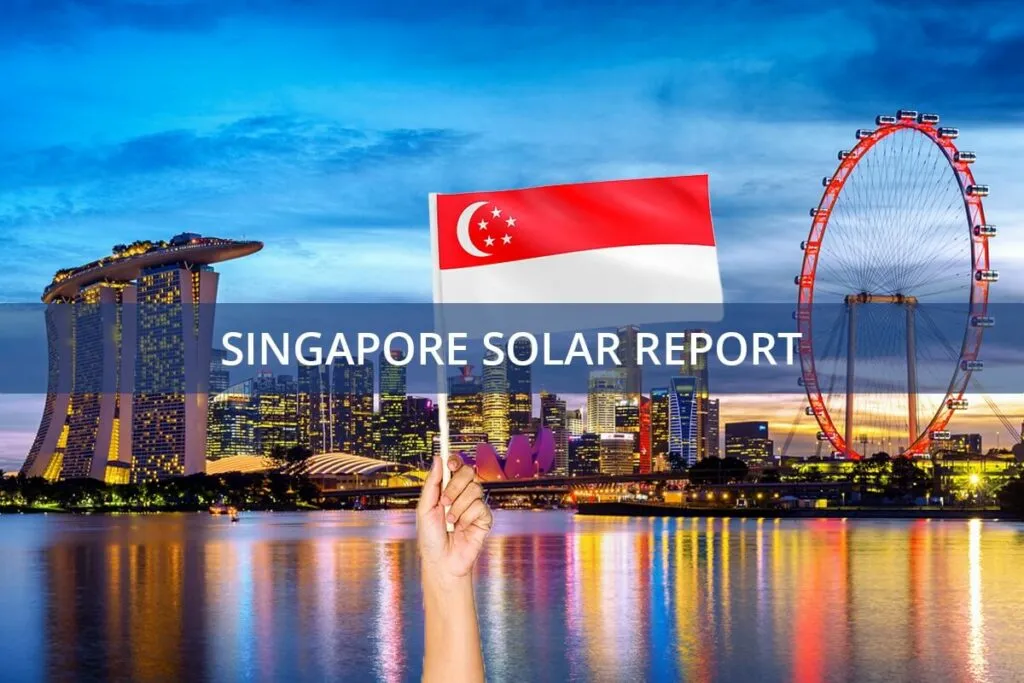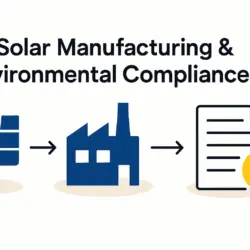Singapore Surpasses Solar Target Ahead of Schedule
Singapore has impressively met its 2025 solar target two years ahead of schedule, with solar energy now covering 4% of the nation’s peak electricity demand. The Energy Market Authority (EMA) reports that Singapore’s installed solar capacity reached 631.1 MWp in Q4 2023—enough to power approximately 200,000 four-room HDB flats annually. This milestone marks a 25% increase from the previous year and a more than 17-fold rise in solar capacity since 2014.
This rapid growth in solar capacity is a direct result of Singapore’s strategic efforts to maximize installations in land-scarce areas such as rooftops, reservoirs, and offshore spaces. Innovative solutions include deploying solar panels on structures like the Tuas South Incineration Plant and the Keppel Marina East Desalination Plant. Notably, the country has also established one of the world’s largest inland floating solar farms at Tengeh Reservoir and the largest offshore floating solar farm at Woodlands Waterfront Park.
Advancing Singapore’s Solar Target and Renewable Energy Goals
Rooftop installations dominate the nation’s solar landscape, accounting for over 90% of total capacity, according to the Solar Energy Research Institute of Singapore (SERIS). As part of its Green Plan, Singapore aims to achieve 2 GWp of solar capacity by 2030 and reach net-zero emissions by 2050. To support these ambitious targets, the EMA has introduced initiatives like the Central Intermediary Scheme (CIS) to promote the development of utility-scale solar projects. The scheme is projected to decrease annual electricity bills for households and small businesses by 1.5% to 4.5% over a five-year period.
EMA Chief Executive Ngiam Shih Chun emphasized that solar energy is vital for transitioning Singapore to a greener energy mix. He called solar power a cornerstone of the nation’s decarbonization efforts and affirmed that the country will continue investing in innovative solutions to maximize its deployment. Ngiam also highlighted the role of the CIS in accelerating solar energy adoption and supporting Singapore’s renewable energy objectives.
Singapore’s focus on solar is part of a broader strategy to diversify its energy sources and reduce reliance on imported natural gas. As part of its long-term planning, the country is also exploring other renewable options, such as hydrogen and wind power. In addition to renewables, Singapore is investing in energy storage solutions and grid infrastructure to handle the integration of intermittent power sources. The EMA is collaborating with industry partners to develop and test new technologies that will enhance the reliability and resilience of the nation’s energy system. These efforts are crucial for ensuring Singapore can meet its future energy needs while minimizing its environmental impact.
By achieving its 2025 solar target ahead of schedule, Singapore underscores its commitment to renewable energy and its capacity for innovation in the face of unique challenges. As the nation continues to expand its solar capacity and explore new energy solutions, it remains on track to meet its long-term sustainability goals and contribute to global efforts against climate change.
For more insights into Singapore’s solar power market, visit Singapore Solar News Archives or check out the Singapore Solar Panel Manufacturing Report.



